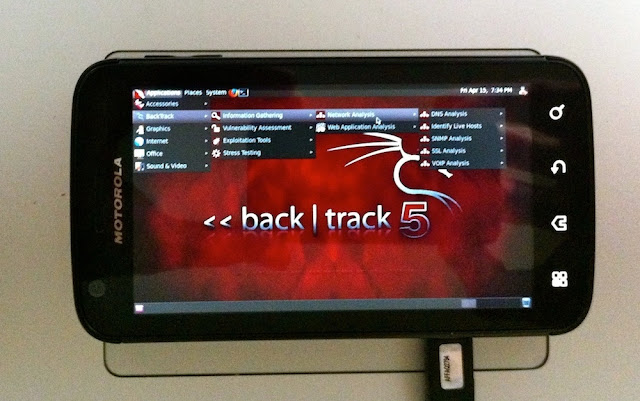BackTrack 5, code-named Revolution, by the BackTrack development team. BackTrack focuses primarily on providing a native environment purely dedicated to hacking. This latest distro was eight months in the making, and boasts of significant improvements over its predecessor.
BackTrack 5 features a comprehensive arsenal of over 350 security-related tools to test everything from Web applications to RFID systems. The new version of BackTrack lives up to its “Revolution” moniker in that it has been completely overhauled and rewritten from the ground up, providing users with an optimized platform for penetration testing and digital forensics exercises. For the first time in its development road map, BackTrack now includes support for ARM-based systems — a significantly upgrade.
BackTrack 5 features
A major addition in the new version of BackTrack is the 64-bit offering. BackTrack 5 is based on Ubuntu Lucid Lynx v10.04, the latest long term support (LTS) release using Linux kernel v2.6.38. BackTrack 5 is the first version to be released with the complete source code in its repositories. This addition is expected to clear up licensing issues that existed in the previous Backtrack distros. BackTrack 4 is no longer available for download at the developer’s Website, and support for it has officially been discontinued.Here is a more detailed look at important features of BackTrack 5.
- Support for KDE and Gnome
- 32-bit and 64-bit support
- ARM architecture support
Users have successfully deployed BackTrack 5 on Samsung Galaxy S and Sony Xperia smart phones. However, there are still some issues with these systems and not all features are available. There are known issues with wireless drivers on ARM-based systems including lack of support, for WiFi packet injection.
Anant Srivastava, a Mumbai-based software developer and member of the null community, was one of the first to successfully run BackTrack 5 on a Sony Xperia X10. Srivastava used a rooted Xperia x10 running Android 2.2 (Froyo) with an Android terminal application and an Android VNC viewer.
- Packaged tools



No comments:
Post a Comment